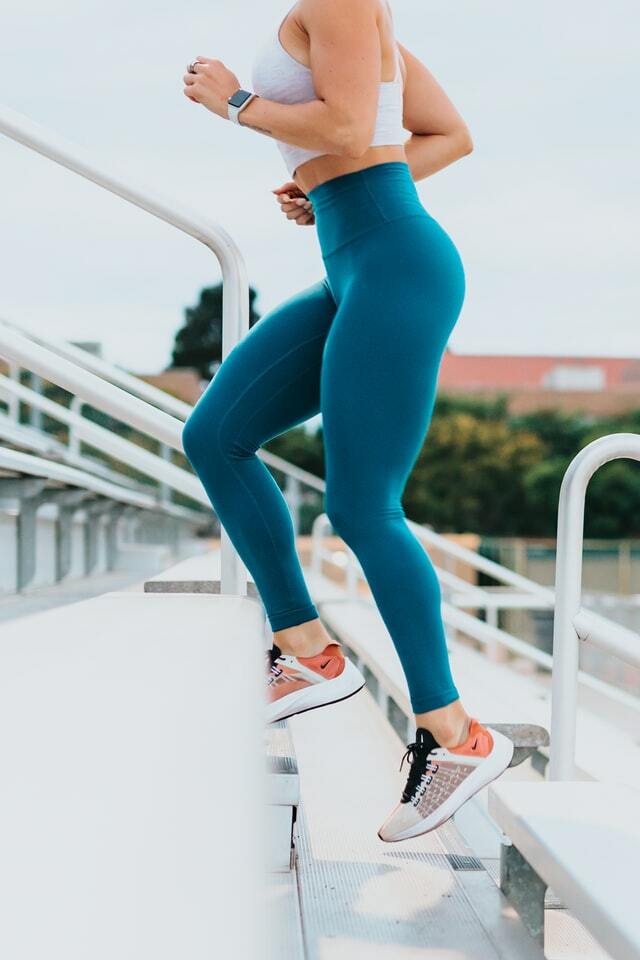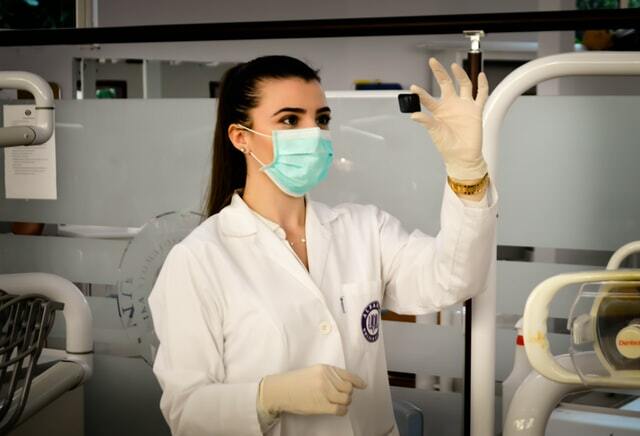A bone mineral density test, often known as a bone density test, determines whether you have osteoporosis, which is defined as “porous bone” in Greek.
Your bones become weak and thin when you have this illness. They have a higher chance of breaking. You may not notice you have osteoporosis until you break a bone if you don’t get a bone density test. It’s a silent disease, which means you won’t notice any signs or symptoms.
How does the test work?
The bone density test is rapid and painless. X-rays are used to determine how dense or thick your bones are.
X-rays are used to determine how much calcium and minerals are present in a specific area of your bone. It’s preferable if you have a lot of minerals. Your bones will be stronger, denser, and less likely to break as a result. The lesser your mineral level, the more likely you are to shatter a bone in a fall.
Why do doctors recommend bone mineral density?
- Before you break a bone, look for changes in bone density.
- Find out if you’re at risk of breaking a bone (fractures)
- Confirm an osteoporosis diagnosis.
- Keep an eye on your osteoporosis treatment.

What is the need to undergo bone mineral density testing?
Osteoporosis can affect everyone. It’s more frequent in older women, although it can also affect men. As you become older, your chances increase.
It would help if you talked to your doctor about whether the test is necessary. If you satisfy any of the following criteria, they may suggest it:
- You’re a woman above the age of 65.
- If You’re a postmenopausal woman 50 or older.
- You’re a lady approaching menopause with a high risk of fracturing bones.
- If You’re a woman who has already gone through menopause, is younger than 65, and has other risk factors for osteoporosis.
- You’re a 50-year-old male with additional risk factors.
- After 50, you break a bone.
- You’ve dropped over 1.5 inches in height since you were a teenager.
- Your slumped posture has gotten worse.
- You’re experiencing backaches for no apparent reason.
- You’re not pregnant or menopausal, but your periods have stopped or are erratic.
- You’ve gotten an organ transplant.
- Hormone levels have dropped in your body.
Prescription medicines can induce bone loss in some people. These might include glucocorticoids, a type of anti-inflammatory medication.
Also learn more about 7 HELPFUL NUTRITION TIPS TO IMPROVE YOUR OVERALL HEALTH
How is the bone mineral density test performed?
A bone mineral densitometry scan is non-invasive and painless. While the bone density mineral test is being performed, you lie down on a bench or table.
If your doctor’s office has the necessary equipment, the test may be performed there. You may be referred to a specialized testing center if this is not the case. Portable scanning devices are also available in some pharmacies and health clinics.
If you get a bone density test at a hospital, it will almost certainly be done on central equipment, in which you lie on a padded platform while a mechanical arm goes over your body. The amount of radiation you’re exposed to is highly minimal, far less than that emitted by a chest X-ray. It usually takes 10 to 30 minutes to complete the test.
Bone Health Test in Coimbatore can be measured on the distant extremities of your skeleton, such as your finger, wrist, or heel, using a small, portable machine. Peripheral devices, which are commonly found in pharmacies, are the instruments utilized for these testing. Peripheral bone density exams are significantly less expensive than central bone density tests.
The test usually looks at your spine, hip, and forearm bones. When you have osteoporosis, these are the bones that are most likely to break. The two types of bone density testing are both under 15 minutes long. They are as follows:
Central DXA:
Dual Energy X-ray Absorptiometry (Central DXA) is an abbreviation for Dual Energy X-ray Absorptiometry. It has a better track record of accuracy. It’s also more expensive. The spine and hip bones are examined in this test.
You lie completely dressed on a padded platform during the test. Low-dose X-rays are sent through your body by a mechanical arm that passes above you. It creates a representation of your skeleton based on how much the X-rays change after going through your bones. This procedure takes about 10 minutes to complete. Top hospitals in Coimbatore can help in providing the most advanced bone mineral density test.
An expert examines the photograph and interprets the results. This could take a couple of days, depending on the hospital you choose.
Peripheral test:
This test determines the density of the bones in your wrist, finger, and heel. This examination is less complete because it does not assess your hips or spine. It is frequently less expensive.
The device is portable to be transported to health fairs and pharmacies. This opens up the test to more people who may not have access to the central DXA test.
Peripheral tests can also screen people, allowing those with a higher risk of osteoporosis to having additional testing. They’re also employed for folks who are too big for the central DXA due to weight restrictions.
How to prepare yourself for a bone mineral density test?
- Take no calcium supplements for at least 24 hours before the assessment.
- Wait 7 days before getting a central DXA if you’ve had a barium or contrast dye injection for a CT scan or MRI. The contrast dye could interfere with your bone mineral densitometry scan.
- Metal zippers, belts, and buttons should be avoided.
- Taking the test carries minimal risk. You’re exposed to very low quantities of radiation, less than a chest X-ray or an airline journey.

What do results mean?
After your BMD lab test, you’ll receive two scores:
T Score:
Your bone density is compared to that of a healthy young adult of your gender. The score tells you whether your bone density is average, low, or high enough to indicate osteoporosis.
The T score is defined as follows:
- 1 or higher: Your bone density is average.
- 1 to -2.5: You have low bone density, which could lead to osteoporosis.
2.5 or higher: You have osteoporosis.
Z Score:
This will allow you to compare your bone mass to your age, gender, and size of other persons.
A Z score of less than -2.0 indicates that you have less bone mass than someone your age and that this may be due to something other than aging.
You should get a lab test for bone density test, every 1 to 2 years if you’re on osteoporosis medication.
Is the bone mineral density test painful?
The test is not painful and also it does not require any complex preparation before the procedure, and only takes about fifteen minutes.
Even if you don’t have osteoporosis, your doctor may recommend a bone density test every two years, especially for women going through or have gone through menopause.


Wow such an in-depth info article.. Thank you! and very nice cover you gave to this one